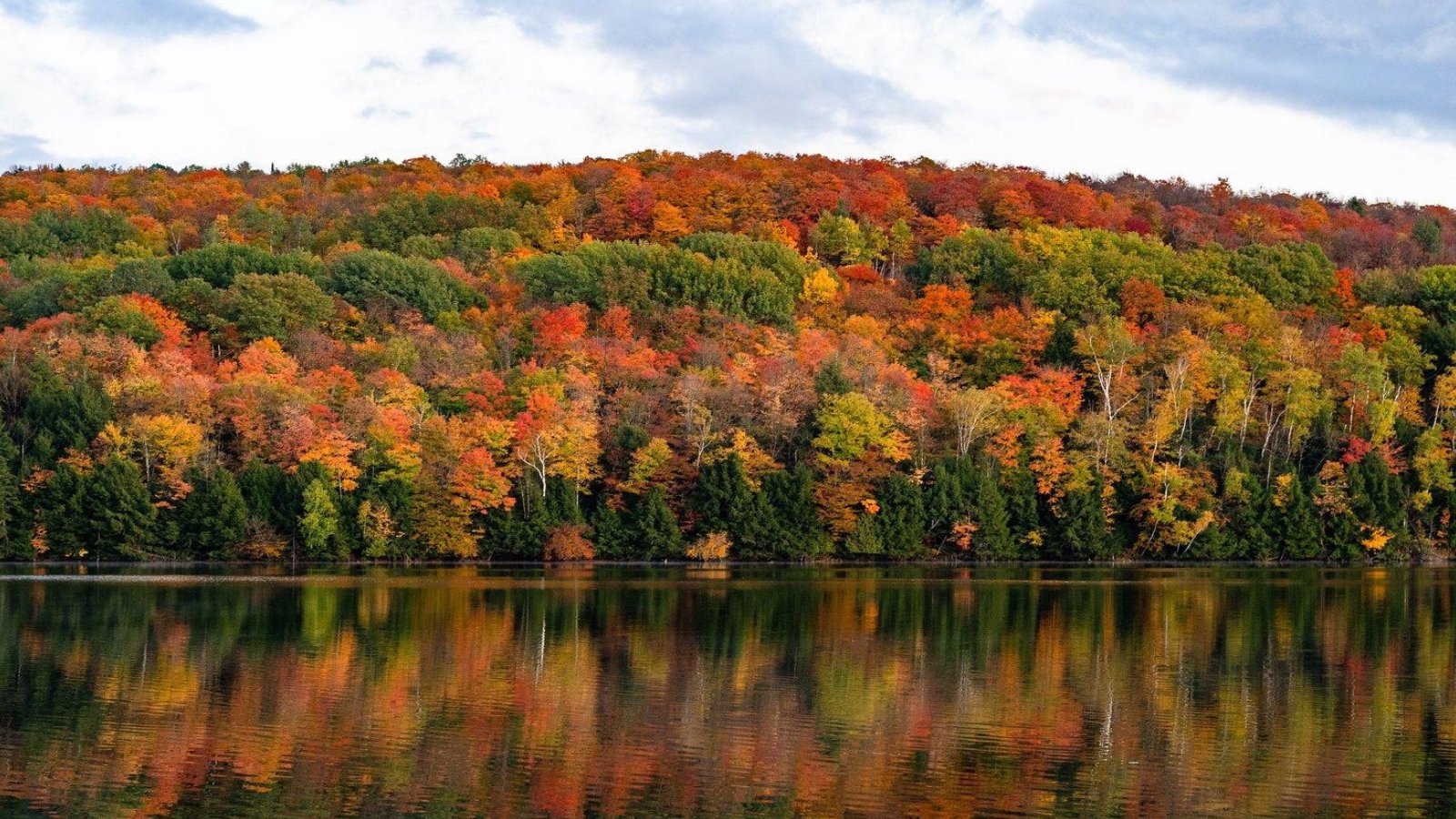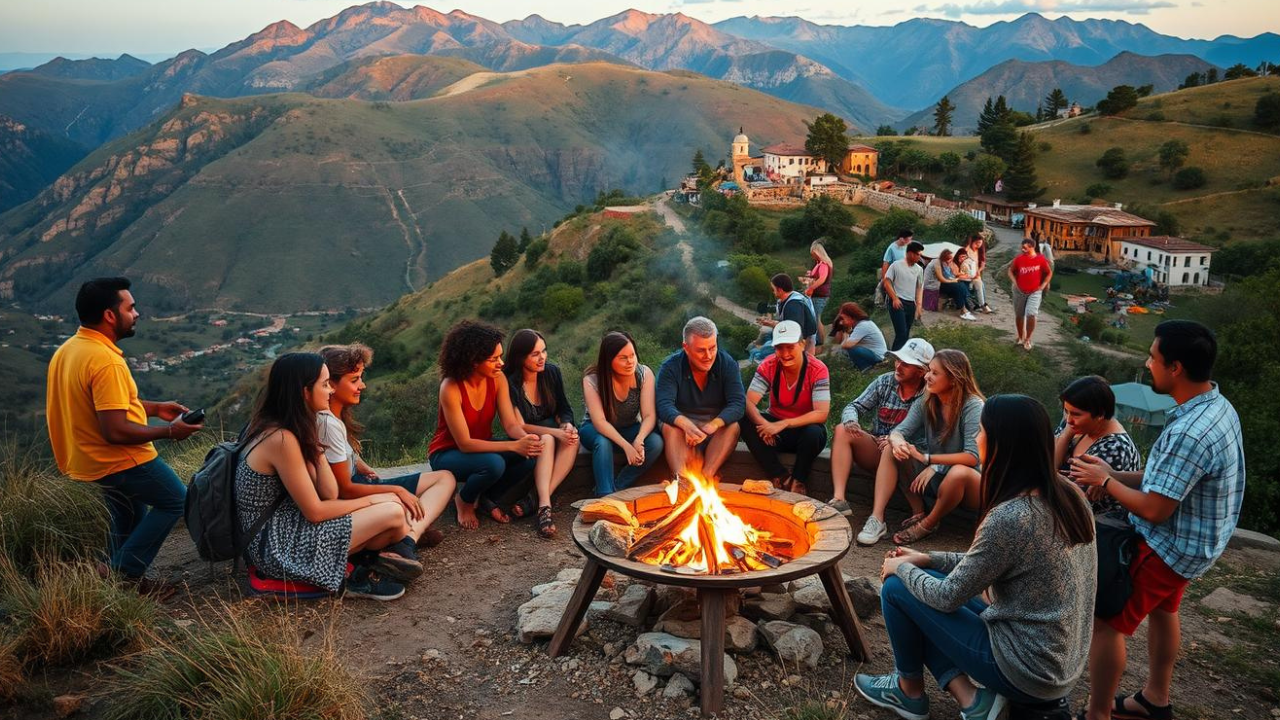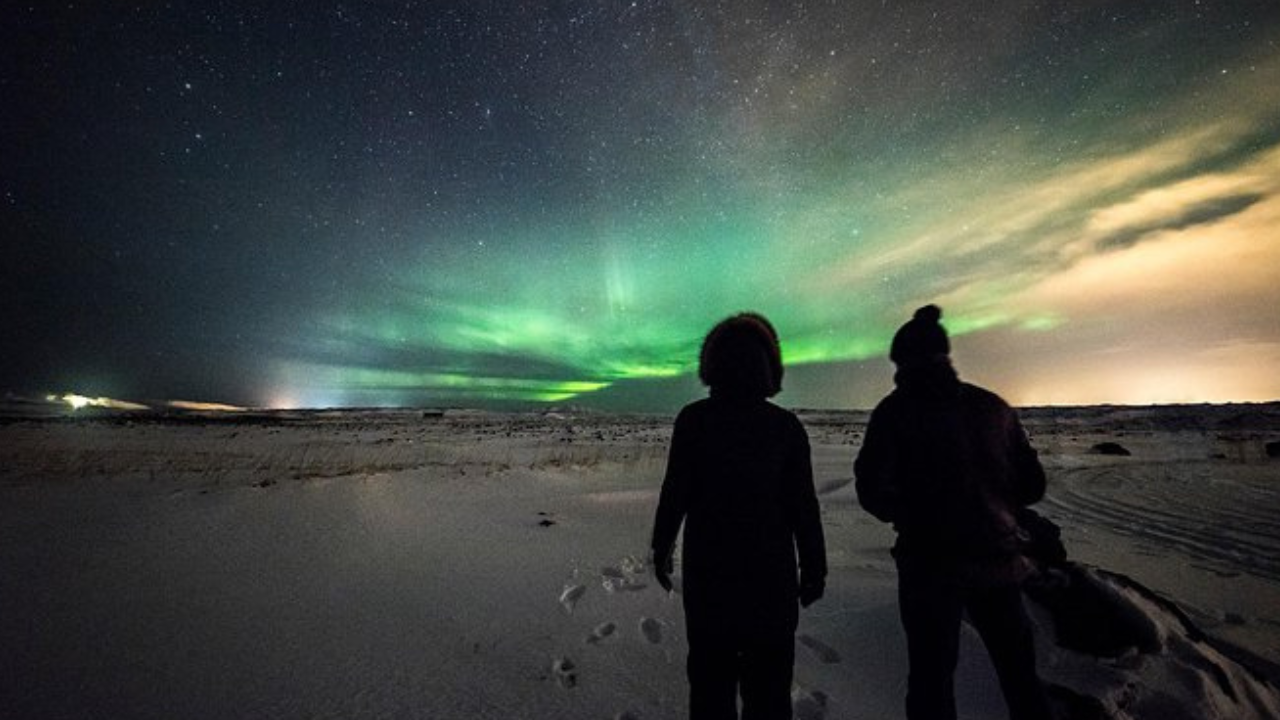American Revenge Travel Surge: Trends & Future

Exploring the Rise of American Revenge Travel
The American revenge travel surge has captured the attention of travelers and industry experts alike. As pandemic restrictions eased, a wave of eager travelers emerged, ready to explore once again. This phenomenon, known as “revenge travel,” has significantly impacted the travel industry recovery. Airlines, hotels, and tour operators have seen a boost in business, driven by pent-up demand.
Popular destinations, both domestic and international, have experienced a surge in visitors. However, this increase in travel has also led to higher prices and raised questions about sustainability. Some experts suggest the American revenge travel surge is over, as initial demand wanes. This article explores the rise of revenge travel, its effects, and what the future holds for the travel industry.
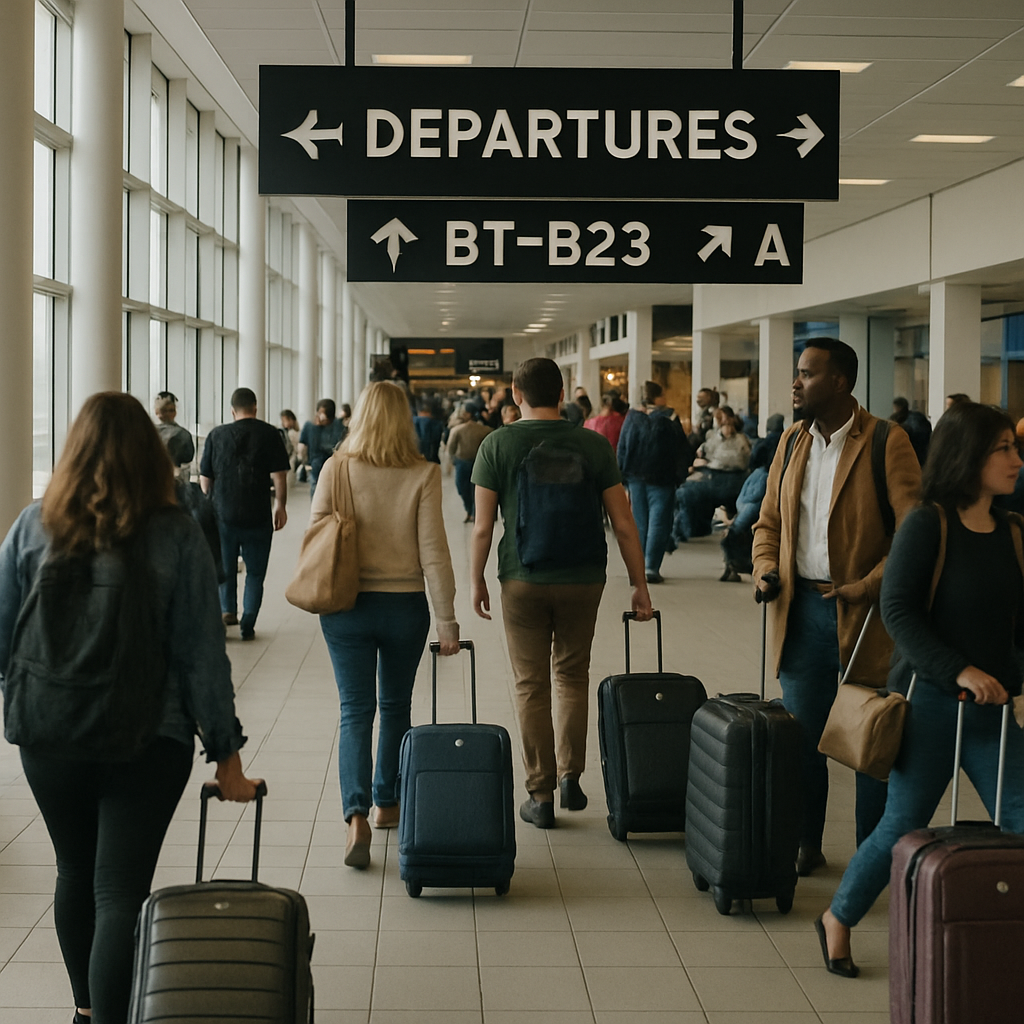
What is the American Revenge Travel Surge?
The term “revenge travel” refers to the surge in travel as people sought to make up for lost time. This demand spike resulted from widespread lockdowns keeping families and adventurers grounded for months. When restrictions eased, the travel bug bit harder than ever.
American travelers, eager to break free, flooded the skies and roads. A desire to reclaim missed adventures drove many to travel more frequently. Businesses noticed this wave, labeling it the American revenge travel surge.
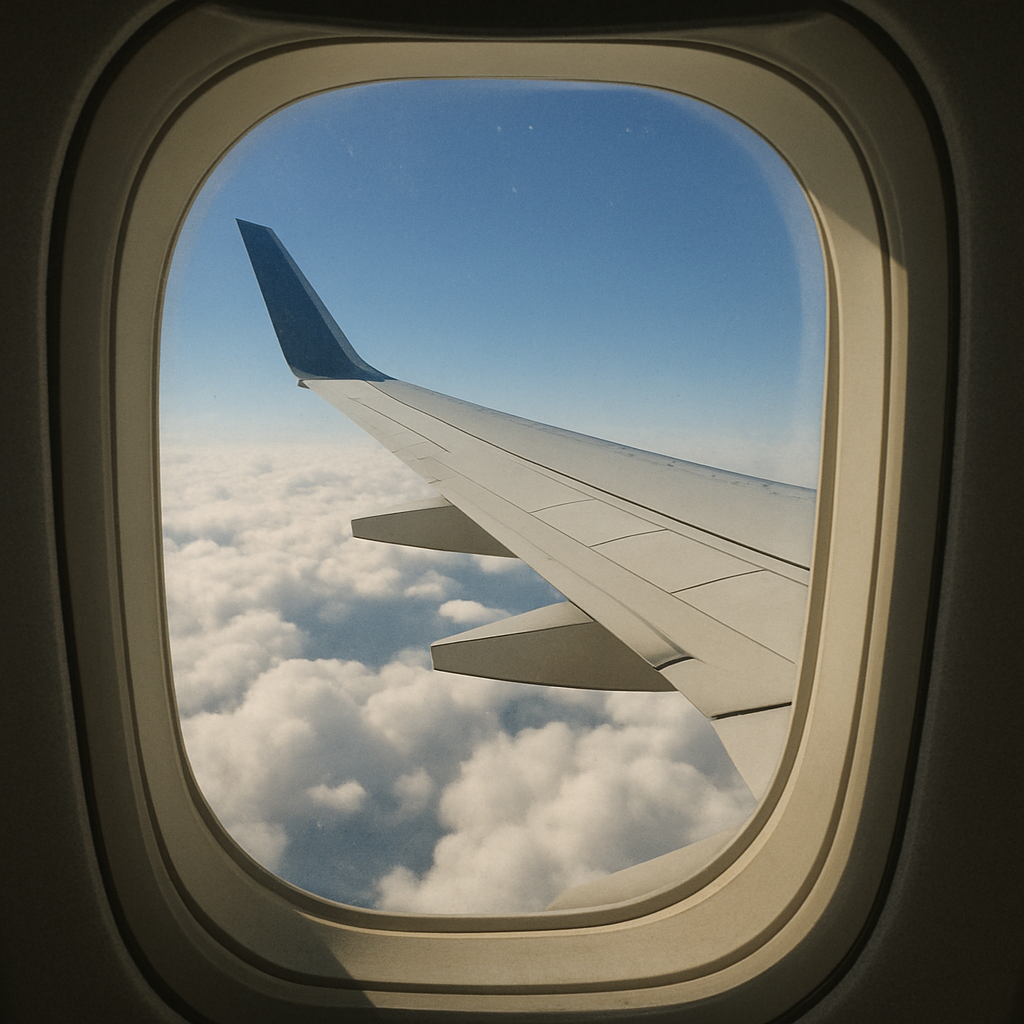
Key characteristics of this phenomenon include:
- Unprecedented booking increases
- Record high prices for flights and hotels
- More spontaneous and flexible travel plans
For many, travel became more than leisure; it was a form of personal triumph. After months of confinement, the travel surge offered a way to celebrate freedom and life. The sudden increase in travel highlighted both joy and complexity in an industry adapting to new norms.
The Impact on Travel Industry Recovery
The American revenge travel surge fueled a rapid recovery in the travel sector. Airlines, hotels, and tour companies experienced a boom in activity. This influx of travelers brought much-needed revenue after months of stagnation.
During this period, prices soared as demand outstripped supply. Travelers noticed dramatic increases in airfare and lodging costs. Yet, the eagerness to travel outweighed these price hikes for many consumers.

Key impacts of the surge included:
- Increased revenue for the hospitality industry
- High demand for vacation rentals and local tours
- Employment opportunities rebounding in travel sectors
Travel-related spending skyrocketed, even surpassing pre-pandemic levels at times. Local economies in tourist hotspots saw significant benefits. Regions heavily reliant on tourism experienced a welcome economic boost.
However, there were challenges. The surge tested service quality as companies struggled to meet the demand. Furthermore, questions about the sustainability of such a boom lingered, with economic factors like inflation potentially hindering longer-term growth. The recovery journey involved balancing rapid demand increases with future sustainability strategies.
Key Drivers Behind the Surge
Several key factors drove the American revenge travel surge. The most apparent was the intense yearning to break free from pandemic restrictions. People sought to reclaim lost time and experiences with newfound urgency.
Financial considerations also played a significant role. Many Americans accumulated savings during the lockdowns. This financial cushion enabled them to spend more lavishly on travel.
Other notable drivers included:
- Vaccination rollouts facilitating safer travel
- Pent-up demand for international destinations
- Work flexibility allowing extended travel options
The rise of remote work contributed to extended travel opportunities. With fewer constraints tied to physical offices, people seized the chance to explore new places while working remotely.
Lastly, the influence of social media cannot be underestimated. Platforms like Instagram and TikTok fueled the desire to visit picturesque locations. They inspired many to plan trips they might have otherwise postponed. This mix of factors collectively ignited the surge, reshaping travel dynamics profoundly.
How the Surge Changed Travel Trends
The American revenge travel surge didn’t just boost travel numbers; it reshaped travel habits. Travelers began prioritizing unique and personalized experiences over traditional trips. This shift marked a move toward more meaningful journeys.
The changes in preferences led to some noticeable trends. For instance, many travelers chose destinations with natural attractions over bustling cities. They preferred open spaces and serene environments to crowded tourist spots.
New travel trends that emerged include:
- Increased interest in wellness and adventure travel
- A shift towards longer, immersive journeys
- A preference for flexible bookings and travel insurance

Technology played a pivotal role in these changing patterns. The use of travel apps and digital tools for seamless booking and itinerary planning became commonplace. Meanwhile, sustainable tourism gained traction, with travelers more conscious of their environmental impact.
Overall, the surge ushered in a new era of travel, blending adventure, wellness, and sustainability. These elements continue to shape the way people explore the world post-pandemic.
Is the American Revenge Travel Surge Over?
The initial wave of the American revenge travel surge appears to be slowing. As people fulfill their pent-up travel desires, demand is stabilizing. Consequently, the frenzy seen in early months is easing.
Several factors contribute to this change. Inflation has risen, affecting travel budgets and deterring potential travelers. Economic uncertainties and potential recessions also play a crucial role.
Key considerations for determining if the surge is over include:
- Reduction in spontaneous travel bookings
- Stabilization of airfare and accommodation prices
- A shift to domestic and short-haul destinations
Some experts believe this is a natural adjustment. Others suggest that the surge’s fade is temporary, predicting periodic peaks driven by holidays or events. Meanwhile, travelers now seek stability and value.
Current trends indicate that travel enthusiasm remains, albeit more measured. This balanced approach might signify the new normal for the industry. As travel habits adjust to these realities, the industry’s ability to adapt is essential for ongoing recovery and growth.
What’s Next for the Travel Industry?
The travel industry faces an evolving landscape. With fluctuating demands, adaptability is crucial for sustained growth. Companies must anticipate shifts and remain flexible.
Emerging trends offer new opportunities. A focus on personalized travel experiences is gaining traction. Safety and health protocols continue to be prioritized by both providers and tourists.
Looking forward, several strategies will shape the industry’s future:
- Embracing sustainable tourism practices
- Leveraging technology for enhanced travel experiences
- Developing infrastructure to support fluctuating demands
Additionally, there’s potential for niche markets to thrive. Eco-friendly travel and cultural tourism are growing in popularity. By embracing these, the industry can appeal to diverse traveler preferences.
Overall, resilience and innovation are key. The travel industry must navigate challenges while capitalizing on emerging opportunities. With a proactive approach, sustainable growth is achievable in this dynamic environment.
Conclusion: Lessons from the Revenge Travel Era
The American revenge travel surge highlighted important aspects of consumer behavior post-pandemic. It underscored a profound desire to reconnect with places and experiences that were inaccessible during lockdowns. This era revealed the strength of pent-up demand and its ability to drive the travel industry’s quick recovery.
Moreover, it taught the industry valuable lessons about adaptability and preparedness. Companies learned the importance of flexible options and the need for robust health protocols. As we move forward, these insights will be crucial in shaping a more resilient and responsive travel industry. Embracing change and innovation remains essential for future success.
If you have any questions or concerns about our Article, please reach out to our support team. We’re here to help you!
American Revenge Travel Surge — Frequently Asked Questions FAQ
Quick answers about the surge in post-pandemic travel from the United States.






